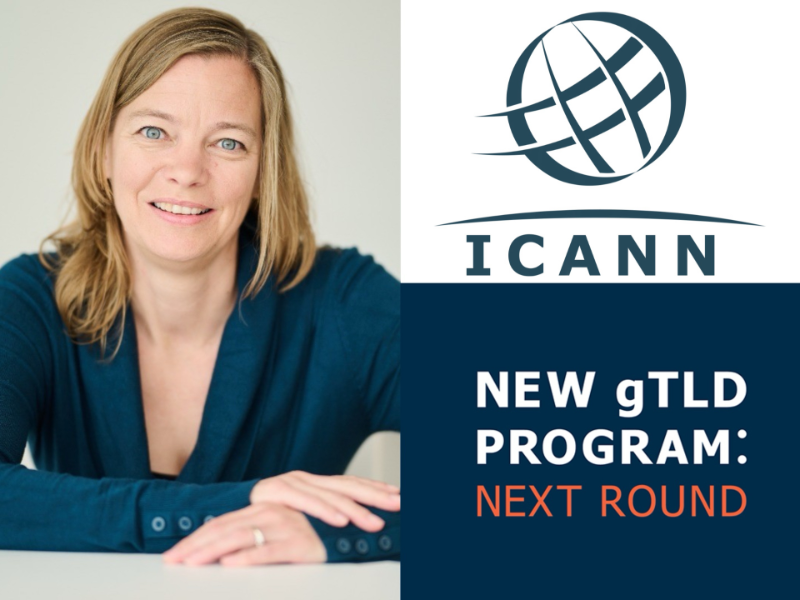- Marika Konings, ICANN’s vice president, has launched a new website for the New Generic Top-Level Domain Program (gTLD), designed to foster innovation and expand consumer choices with diverse domain names.
- The gTLD website, launching its next application round in April 2026, serves as a comprehensive hub for future applicants.
- Despite the program’s ambitions, concerns persist about its effectiveness, with critics citing potential increased costs for brand protection, risks of cybersquatting, and diminished brand identity and consumer trust.
Marika Konings, vice president of the Internet Corporation for Assigned Names and Numbers (ICANN), has unveiled a new website dedicated to the New Generic Top-Level Domain Program (gTLD).
New gTLD program website
The gTLD Program introduces a diverse range of domain names, including those in various scripts and languages, it aims to catalyze innovation, enhance competition, and offer consumers a wider array of choices.
The new website provides details about the New gTLD Program: Next Round and aims to serve as a dynamic reference for the program, encompassing the history, present, and future.
With the establishment of the website, the next round of gTLD applications will begin in April 2026.
Applicants and others in the community can find information, resources, and news, including estimated timelines for the opening and closing of the next round application submission period on the New gTLD Program website.
Additionally, the website includes comprehensive details on two planned programs: the Registry Service Provider (RSP) Evaluation Program and the Applicant Support Program (ASP).
Also read: ICANN commits $200M to support internet development program
Also read: ICANN announces DNS training for all internet service providers
Concerns
While the New gTLD Program aims to expand domain names, critics question its overall utility and impact, arguing that the proliferation of generic top-level domains (gTLDs) could increase costs for consumers and businesses compelled to purchase multiple domain names to protect their trademarks.
Moreover, there are doubts about the real benefits of introducing numerous new gTLDs. As more domain names become available, the risk of cybersquatting and fraudulent websites might rise, potentially weakening brand identity and diminishing consumer trust.
As ICANN pushes forward with this expansive program, it must address these issues and demonstrate that the benefits of a more diverse domain system outweigh the potential drawbacks.

